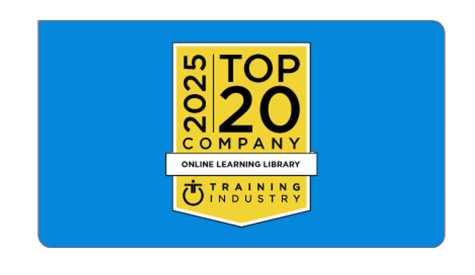Pandemic Planning and Training for Employees

A pandemic is most likely one of the disruptive scenarios your crisis management team has considered in their planning process and hopefully training employees for this situation has been included.
The recent outbreak of COVID-19 (coronavirus) brought the concept of pandemic planning to the forefront of business planning and human resources operations. Employees have many new questions and concerns that need to be addressed.
The Diamond Princess cruise ship was quarantined in Japan for two weeks in February. The Louvre shut down this week. While, as of the time of the writing of this blog, the WHO has not officially declared the coronavirus a pandemic, this raises the issue of special policies for sick leave absences or compensation unique to the pandemic. (Note: WHO declared the coronavirus outbreak a pandemic on March 11, 2020.) Is there a difference in policy if the absence occurs during personal time off or if the employer shuts down? These are a few of the questions you can ask and answer with your own pandemic planning process.
Pandemic Planning and Training Topics
Pandemics can affect your business in countless ways, and they require extensive planning and allocation of resources to reduce risks, minimize damage, and protect the health of your employees and customers. Similar to other employee training topics, it is critical to be proactive and have a plan in place before the situation arises.
There is a lot of anxiety in our society right now and one of the best ways to help alleviate that is to have a plan. HSI offers a series of employee training videos on coronavirus precautions and pandemic planning that will help empower your team with the information and steps required to handle this potential situation.
Preparing for a Pandemic
This course provides a thorough overview of the preparation process that begins with identifying a pandemic coordinator or team with defined roles and responsibilities for preparedness and response planning. These parties will establish policies to follow and a plan for maintaining business operations. Your coordinator will also need to create a communications plan including contact lists, key messages, and communication channels.
Internal Communications
One of the most important aspects of your pandemic plan is internal communications with your employees. This course will help you address their fears, worries, and questions. Having a plan and informing employees of this plan will help reduce the distractions from their concerns so they can take the steps to be safe and still focus on their work.
Establishing a crisis communications team that is responsible for detailing the communications procedures will be your first step. This includes documenting accurate contact information and emergency contacts for all employees.
External Communications
Your communications plan may divide responsibilities and procedures for internal and external communications. There are different skill sets required when working with the media. The external communications team will likely involve executive leadership from your CEO, senior PR and Marketing leaders, and your legal team along with the heads of the departments involved.
This course also details designating a spokesperson and back-up, developing consistent messaging and outlining prepared statements for those involved. Additional steps like issuing press releases, holding a press conference, or conducting media interviews may be required.
Illness in the Office
If a pandemic breaks out in your community where your employees live, it could severely impact your staff’s lives and ability to work. Our training course walks your employees through the steps you can take in your workplace to prevent the spread of the illness, continue business operations, and comply with public health recommendations.
Communicating preventive measures is actually a common-sense best practice for our daily lives. These safeguards include frequently washing hands and setting up hand sanitizer stations. (We explore more in our blog post “Coronavirus Precautions for Employees.”) You should also discuss establishing an emergency sick leave policy and direction on when to work from home.
Business Continuity
There will definitely be overlap with your business continuity plan and your larger crisis management plan. Whether you are planning for a pandemic, natural disaster, workplace violence crisis, or technology crisis, business continuity will be a high priority.
It will be valuable to have all employees view this course. Your people on the frontline will have valuable input into the day-to-day tasks and tribal knowledge required for business continuity. Your plan will require input from three teams: business processes, human resources, and customer relations.
Pandemic Preparedness
This topic is more top-of-mind because of the coronavirus but planning for a pandemic should be a priority regardless. According to the CDC, between October 1, 2019, and February 22, 2020, there were between 18,000 and 46,000 deaths in the US from the flu. The good news is you have read this blog, this is on your radar and you are taking the steps you need to create your own plan.
Additional Resources
- Learn how your employees can take preventative measures to fight coronavirus in our blog "Coronavirus Precautions for Employees."
- Your best response in a crisis is to have informed, prepared employees. Learn how in our blog "Empower Your Employees with Crisis Management Training."
- View our coronavirus and pandemic planning training topics


